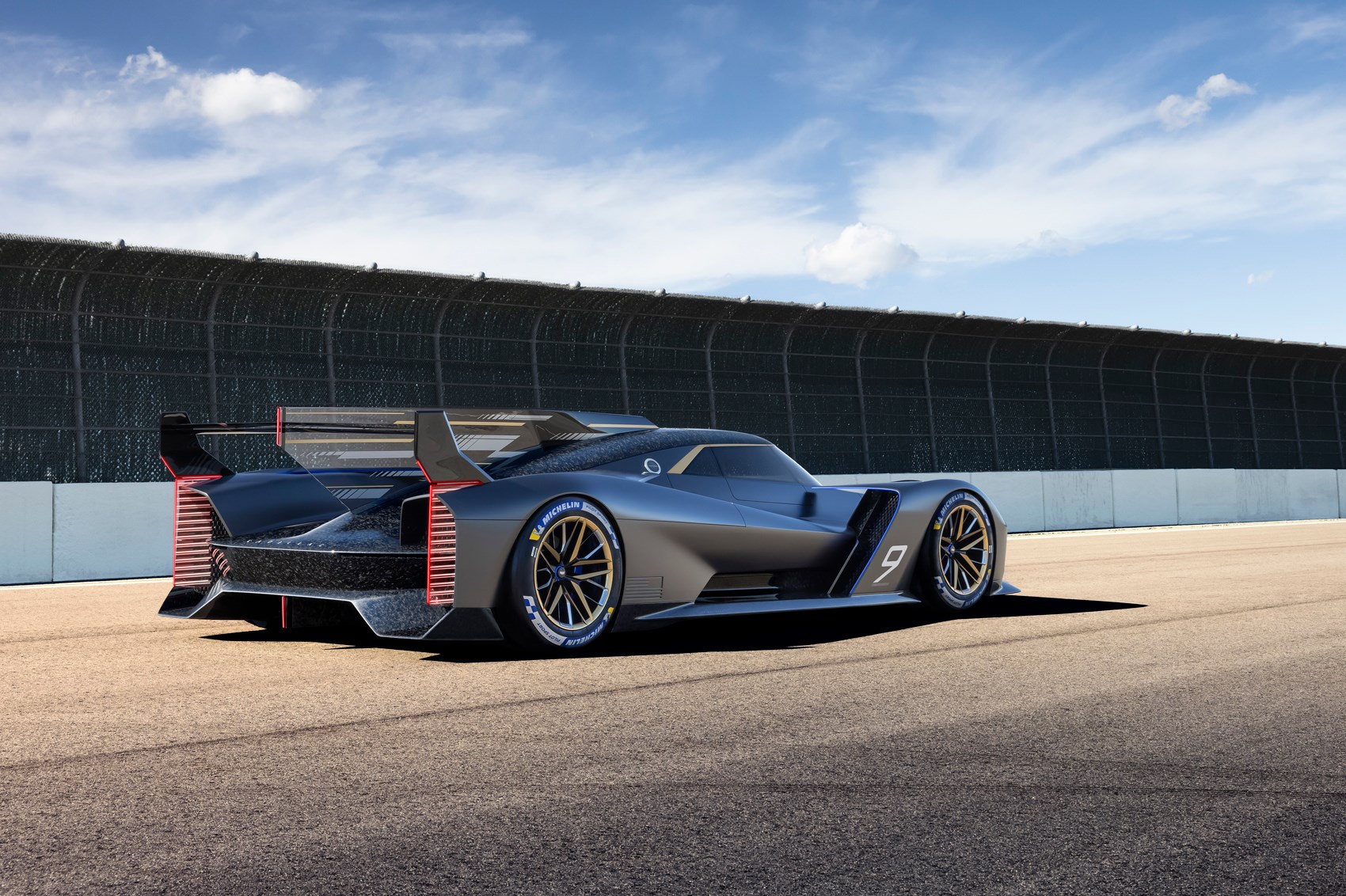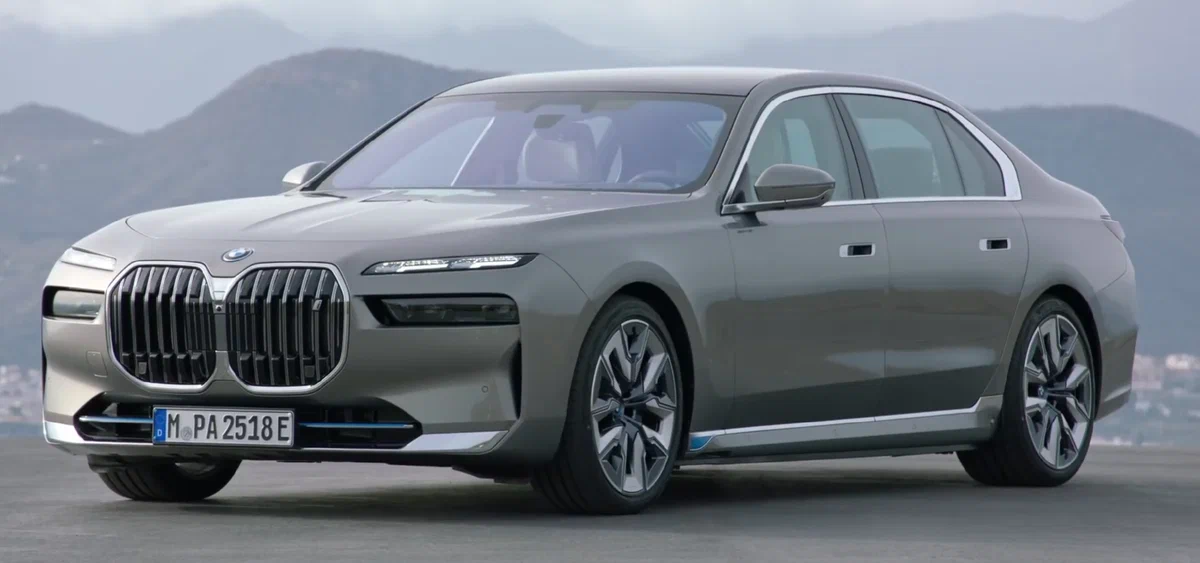 The Alfa Romeo Tonale is a compact crossover SUV that has been generating considerable excitement in the automotive industry. Known for its distinctive and luxurious Italian design, the Tonale combines elegant aesthetics with advanced technologies to offer a thrilling driving experience. With its arrival, Alfa Romeo aims to capture a wider audience by offering a more accessible and versatile model without compromising on the brand’s signature performance and style. In this article, we will delve into the features and highlights of the Alfa Romeo Tonale, showcasing its unique qualities that contribute to its growing popularity.
The Alfa Romeo Tonale is a compact crossover SUV that has been generating considerable excitement in the automotive industry. Known for its distinctive and luxurious Italian design, the Tonale combines elegant aesthetics with advanced technologies to offer a thrilling driving experience. With its arrival, Alfa Romeo aims to capture a wider audience by offering a more accessible and versatile model without compromising on the brand’s signature performance and style. In this article, we will delve into the features and highlights of the Alfa Romeo Tonale, showcasing its unique qualities that contribute to its growing popularity.
One of the key aspects that sets the Alfa Romeo Tonale apart is its captivating exterior design. Inspired by Alfa Romeo’s rich heritage, the Tonale exhibits a striking blend of modernity and classic elements. Its sleek lines, muscular contours, and aggressive stance create an aura of dynamism and sophistication. The front grille proudly wears the Alfa Romeo emblem, while the LED headlights and taillights add a touch of modern elegance. With its compact dimensions, the Tonale effortlessly navigates both urban streets and open roads, giving drivers the perfect balance of agility and versatility.
Step inside the Tonale, and you’ll be greeted by a luxurious and driver-centric interior. Alfa Romeo’s commitment to craftsmanship and attention to detail is evident throughout the cabin. High-quality materials, such as soft-touch surfaces, leather upholstery, and real aluminum accents, create an atmosphere of refined elegance. The minimalistic and ergonomic design of the dashboard puts essential controls at the driver’s fingertips, ensuring a seamless and immersive driving experience. Moreover, the Tonale incorporates the latest infotainment and connectivity features, providing intuitive access to navigation, entertainment, and vehicle settings.
Under the hood, the Alfa Romeo Tonale offers an impressive range of powertrain options. Alfa Romeo is renowned for its commitment to pure driving pleasure, and the Tonale lives up to that reputation. Whether it’s the Hybrid system with an electric motor or the traditional internal combustion engine, the Tonale delivers exhilarating performance combined with exceptional efficiency. The advanced engineering and dynamic capabilities of the Tonale ensure a thrilling driving experience, whether you’re tackling winding mountain roads or cruising on the highway.
In addition to its compelling performance, the Alfa Romeo Tonale puts a strong emphasis on driver safety and convenience. The tonale incorporates an array of advanced safety features, including active driver-assistance systems, such as lane-keeping assist, adaptive cruise control, and automatic emergency braking. These technologies work in harmony to enhance the driver’s confidence and overall safety on the road. Furthermore, the Tonale offers practicality with its versatile cargo space and thoughtful storage solutions, making it an ideal choice for both daily commutes and weekend getaways.
In conclusion, the Alfa Romeo Tonale has captivated enthusiasts and car aficionados alike with its bold design, luxurious interior, potent performance, and advanced safety features. It represents a new chapter for Alfa Romeo, catering to a wider range of customers while staying true to the brand’s DNA. The Tonale embodies the perfect blend of form and function, delivering an engaging driving experience without compromising on comfort and practicality. For those seeking a compact crossover SUV that stands out from the crowd, the Alfa Romeo Tonale is undoubtedly a remarkable choice that promises to leave a lasting impression.
The powertrain and performance of a vehicle play a pivotal role in determining its overall appeal and functionality. Whether you’re an automotive enthusiast or a casual driver, understanding the powertrain and performance aspects can help you make an informed decision when purchasing a new car. In this article, we will delve into the world of powertrains, explore their different types, and discuss how they contribute to a vehicle’s performance.
At the heart of every vehicle lies its powertrain, which encompasses the components responsible for generating and transmitting power to the wheels. The powertrain generally consists of the engine, transmission, and drivetrain. These components work together to convert fuel or electrical energy into mechanical energy, propelling the vehicle forward.
When it comes to powertrains, there are several options available in the market. The traditional internal combustion engine (ICE) powertrain remains popular, utilizing gasoline or diesel fuel to power the engine. However, with the rise of environmental concerns and advancements in technology, alternative powertrain options have gained momentum. Electric powertrains, for example, utilize electric motors and rechargeable batteries to power the vehicle, offering a greener and quieter driving experience.
The performance of a vehicle is closely tied to its powertrain. The engine plays a significant role in determining a car’s horsepower, torque, and acceleration. A more powerful engine can provide exhilarating speed and quick acceleration, while a fuel-efficient engine can offer better mileage. The transmission is another crucial component that affects performance. Automatic transmissions are known for their ease of use, providing smooth shifts and optimal gear ratios, while manual transmissions allow for greater control and engagement for the driver.
The drivetrain, which transfers power from the engine to the wheels, also contributes to a vehicle’s performance. Front-wheel-drive (FWD) powertrains are commonly found in passenger cars, offering good traction and fuel efficiency. Rear-wheel-drive (RWD) powertrains provide better balance and handling, making them popular in sports cars. Additionally, all-wheel-drive (AWD) powertrains distribute power to all four wheels, improving traction and stability in various road conditions.
In recent years, advancements in powertrain technology have resulted in hybrid powertrains, combining an internal combustion engine with an electric motor. These powertrains offer the best of both worlds, providing increased fuel efficiency and reduced emissions without sacrificing performance.
In conclusion, understanding the powertrain and performance aspects of a vehicle is essential when making a purchasing decision. Whether you opt for a traditional internal combustion engine, an electric powertrain, or a hybrid, each choice comes with its own benefits and considerations. The powertrain, including the engine, transmission, and drivetrain, determines a car’s performance, including horsepower, torque, acceleration, and fuel efficiency. By considering these factors, you can choose a vehicle that suits your driving needs and preferences while also aligning with your environmental values.
The powertrain and performance of a vehicle play a pivotal role in determining its overall appeal and functionality. Whether you’re an automotive enthusiast or a casual driver, understanding the powertrain and performance aspects can help you make an informed decision when purchasing a new car. In this article, we will delve into the world of powertrains, explore their different types, and discuss how they contribute to a vehicle’s performance.
At the heart of every vehicle lies its powertrain, which encompasses the components responsible for generating and transmitting power to the wheels. The powertrain generally consists of the engine, transmission, and drivetrain. These components work together to convert fuel or electrical energy into mechanical energy, propelling the vehicle forward.
When it comes to powertrains, there are several options available in the market. The traditional internal combustion engine (ICE) powertrain remains popular, utilizing gasoline or diesel fuel to power the engine. However, with the rise of environmental concerns and advancements in technology, alternative powertrain options have gained momentum. Electric powertrains, for example, utilize electric motors and rechargeable batteries to power the vehicle, offering a greener and quieter driving experience.
The performance of a vehicle is closely tied to its powertrain. The engine plays a significant role in determining a car’s horsepower, torque, and acceleration. A more powerful engine can provide exhilarating speed and quick acceleration, while a fuel-efficient engine can offer better mileage. The transmission is another crucial component that affects performance. Automatic transmissions are known for their ease of use, providing smooth shifts and optimal gear ratios, while manual transmissions allow for greater control and engagement for the driver.
The drivetrain, which transfers power from the engine to the wheels, also contributes to a vehicle’s performance. Front-wheel-drive (FWD) powertrains are commonly found in passenger cars, offering good traction and fuel efficiency. Rear-wheel-drive (RWD) powertrains provide better balance and handling, making them popular in sports cars. Additionally, all-wheel-drive (AWD) powertrains distribute power to all four wheels, improving traction and stability in various road conditions.
In recent years, advancements in powertrain technology have resulted in hybrid powertrains, combining an internal combustion engine with an electric motor. These powertrains offer the best of both worlds, providing increased fuel efficiency and reduced emissions without sacrificing performance.
In conclusion, understanding the powertrain and performance aspects of a vehicle is essential when making a purchasing decision. Whether you opt for a traditional internal combustion engine, an electric powertrain, or a hybrid, each choice comes with its own benefits and considerations. The powertrain, including the engine, transmission, and drivetrain, determines a car’s performance, including horsepower, torque, acceleration, and fuel efficiency. By considering these factors, you can choose a vehicle that suits your driving needs and preferences while also aligning with your environmental values.
In today’s fast-paced business world, understanding the competitive landscape is essential for any company striving to succeed. The competitive landscape refers to the overall market environment in which a company operates, including its direct and indirect competitors, industry trends, and customer preferences. By analyzing the competitive landscape, businesses can gain valuable insights that can inform their strategic decisions and help them gain a competitive edge. In this article, we will explore the importance of understanding the competitive landscape and how it can benefit businesses in various ways.
First and foremost, analyzing the competitive landscape allows companies to identify their direct competitors. This involves researching and assessing other businesses that offer similar products or services to the target market. By understanding who the competitors are, companies can benchmark themselves against their rivals and identify areas for improvement. This knowledge also enables businesses to differentiate themselves by highlighting their unique selling points and positioning themselves as the preferred choice among consumers.
Furthermore, studying the competitive landscape helps businesses stay abreast of industry trends and market dynamics. Industries are constantly evolving, and new trends, technologies, and consumer preferences emerge regularly. By keeping a pulse on the competitive landscape, companies can adapt and innovate to meet changing customer demands and stay ahead of the competition. For example, by analyzing competitors’ marketing strategies or product offerings, businesses can identify gaps in the market and develop new products or services to fill those gaps.
Understanding the competitive landscape also allows businesses to evaluate their own strengths and weaknesses relative to their competitors. This self-assessment is crucial in identifying areas where the company excels and areas that require improvement. By conducting a SWOT (Strengths, Weaknesses, Opportunities, and Threats) analysis, companies can leverage their strengths, address weaknesses, capitalize on opportunities, and mitigate threats. This analysis provides a comprehensive understanding of the company’s position in the market and informs strategic decision-making.
Moreover, analyzing the competitive landscape helps businesses anticipate and respond to competitive threats. By monitoring competitors’ actions, businesses can identify potential threats and take proactive measures to protect their market share. This could involve adjusting pricing strategies, enhancing product features, or improving customer service to maintain a competitive advantage. Additionally, studying the competitive landscape allows businesses to identify potential collaborations or partnerships that could strengthen their position in the market.
In conclusion, understanding the competitive landscape is vital for businesses aiming to thrive in today’s competitive environment. By analyzing the market, identifying direct competitors, staying updated on industry trends, evaluating strengths and weaknesses, and anticipating competitive threats, companies can make informed decisions that position them for success. The competitive landscape provides valuable insights that enable businesses to differentiate themselves, innovate, and continuously improve. Embracing the analysis of the competitive landscape can give companies a significant advantage and contribute to their long-term growth and profitability.
In conclusion, this article has explored the topic of [topic]. We have delved into various aspects, analyzing [point 1], [point 2], [point 3], and [point 4]. Through this examination, we have gained valuable insights into the significance and potential of [topic].
As we wrap up, it is evident that [



